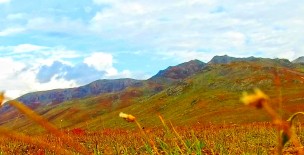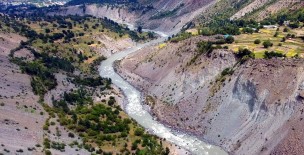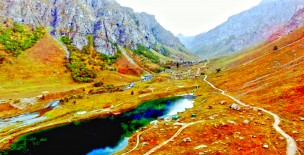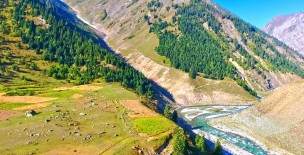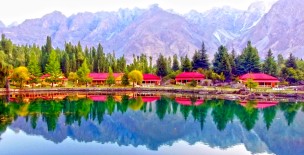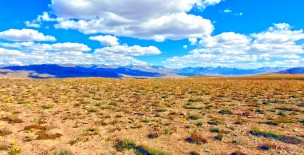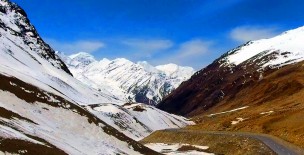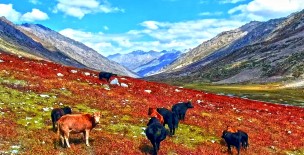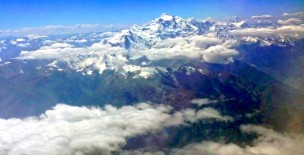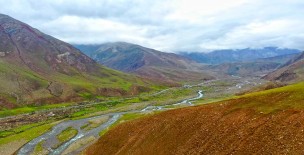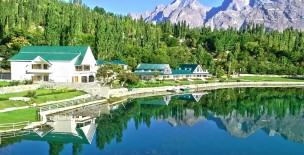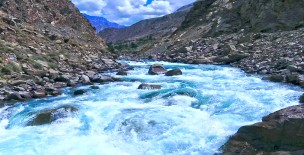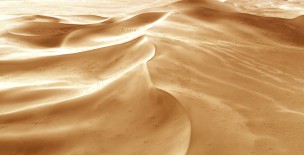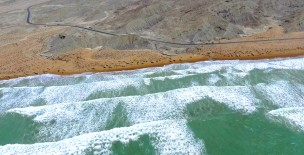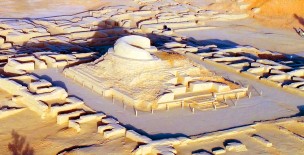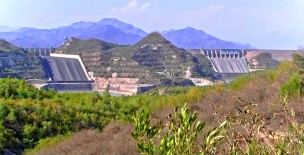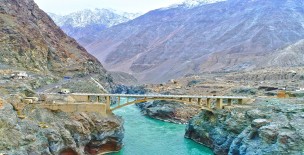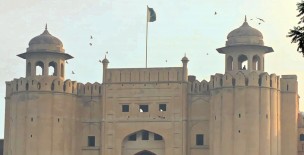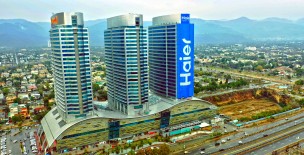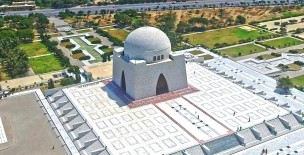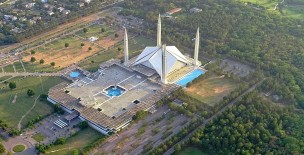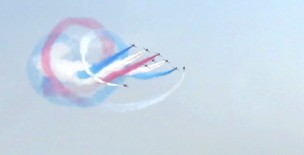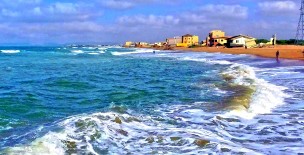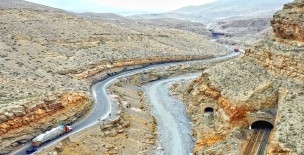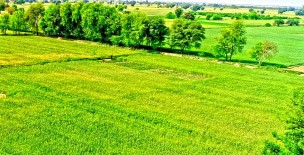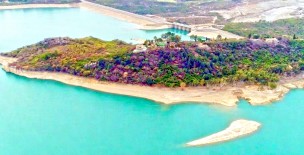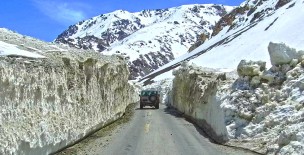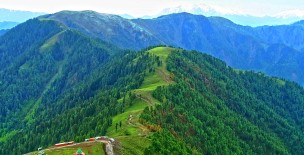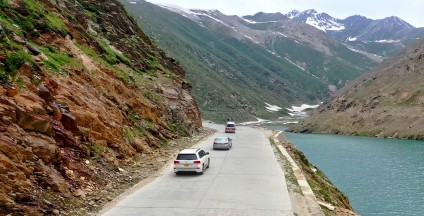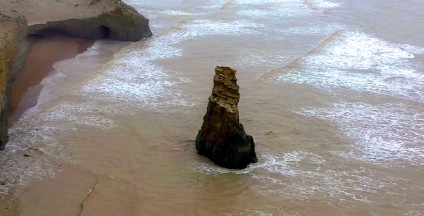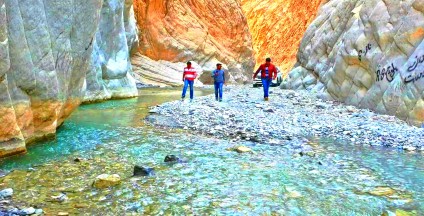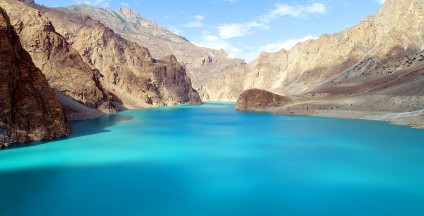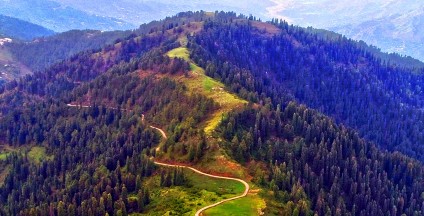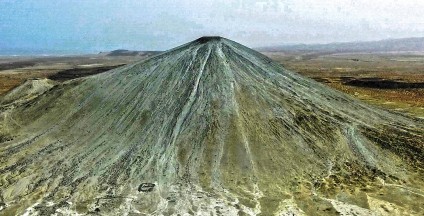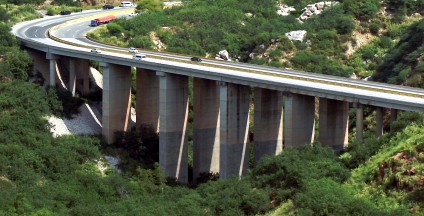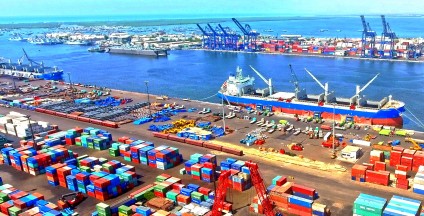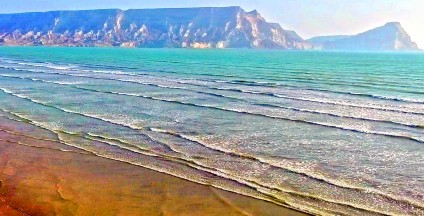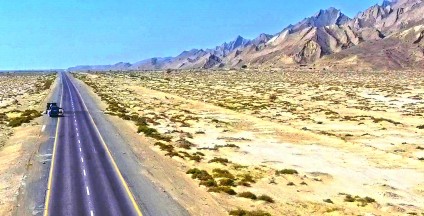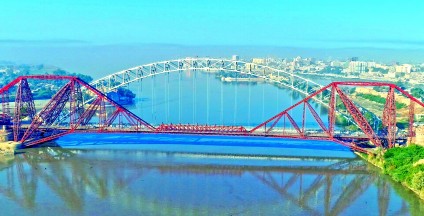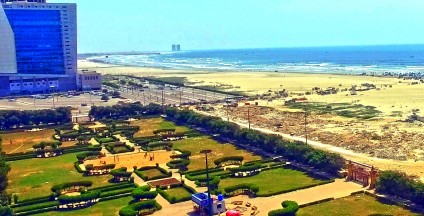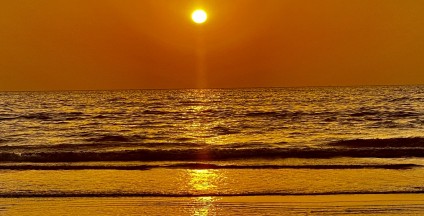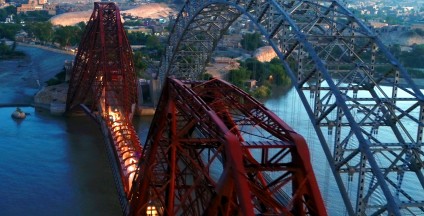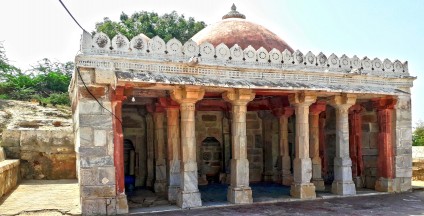Nanga Parbat also known locally as Diamer, is the ninth-highest mountain in the world at 8,126 m (26,660 ft) above sea level.
The name Nanga Parbat is derived from the Sanskrit words nagna and parvata, which, when combined, translate to "Naked Mountain".
The mountain is known locally by its Tibetan name Diamer or Deo Mir, meaning "huge mountain". Nanga Parbat is one of the 14 eight-thousanders.
An immense, dramatic peak rising far above its surrounding terrain, Nanga Parbat is known to be a difficult climb, and has earned the nickname Killer Mountain for its high number of climber fatalities.
Located in the Diamer District of Gilgit-Baltistan, Pakistan, Nanga Parbat is the western anchor of the Himalayas. Nanga Parbat has tremendous vertical relief over local terrain in all directions.
To the south, Nanga Parbat has what is often referred to as the highest mountain face in the world: the Rupal Face rises 4,600 m (15,090 ft) above its base.
To the north, the complex, somewhat more gently sloped Rakhiot Flank rises 7,000 m (23,000 ft) from the Indus River valley to the summit in just 25 km (16 mi), one of the ten greatest elevation gains in such a short distance on earth.
It is one of only two peaks on earth that rank in the top twenty of both the highest mountains in the world, and the most prominent peaks in the world, ranking 9th and 14th respectively. The other one is Mount Everest, which ranks 1st on both lists.
Nanga Parbat is also the second most prominent peak of the Himalayas, after Mount Everest. The key col for Nanga Parbat is Zoji La in Kashmir Valley, which connects it to higher peaks in the remaining Himalaya-Karakoram range.
On the Tibetan Plateau Nanga Parbat is the westernmost peak of the Himalayas where as Namcha Barwa marks the east end.
Gilgit Baltistan - Nanga Parbat Mountain
Related Videos
Leave a Comment:
For comment please login first: Login here
